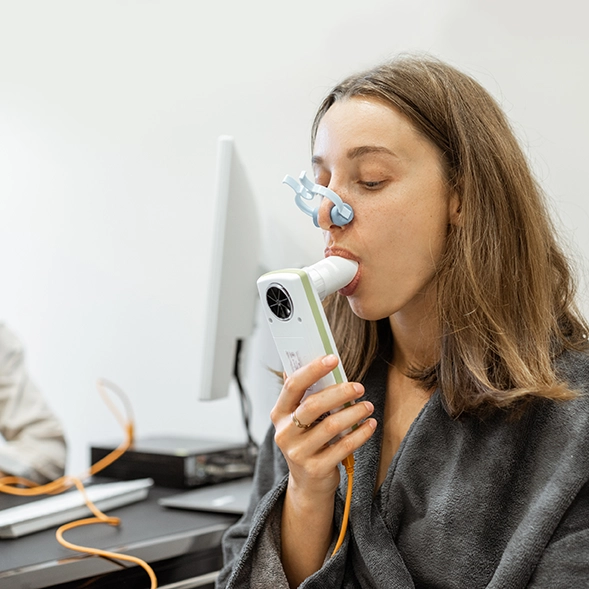Rationale: The MANDALA study showed a 27% reduction in the risk of severe exacerbation among patients aged ≥12 years, who had moderate-to-severe asthma and experienced at least 21 exacerbations in the previous year, when using the as-needed albuterol-budesonide 180/160 µg fixed-dose combination, compared to salbutamol alone. To gain a better understanding of the future exacerbation risk in the broader asthma population, the occurrence of exacerbation across all disease severities was studied, considering both patients with and without a history of prior-year exacerbations. The objective of this study is to identify which patients, across different disease severities, are at the highest risk of experiencing severe asthma exacerbations.
Methods: An analysis was conducted using IBM® MarketScan® databases for US patients aged 12 years and older receiving short-acting β2-agonists (SABA) for asthma between 2010-2017. Patients were indexed based on a random SABA fill and had 12 months of continuous eligibility both before and after the index date, and 21 post-index maintenance and/or SABA claim. The severity of asthma was determined by the post-index maintenance treatment steps according to the NAEPP 2007 guidelines. The occurrence of severe exacerbations during the 12 months following the index date was compared among patients with and without pre-index exacerbations, stratified by severity category. Descriptive analyses were performed, including unadjusted chi-square tests and odds ratios with 95% confidence intervals. Statistical significance was set at p≤0.05.
Results: In our analysis; a total of 638,931 patients aged 12 years and older were included. Among them, 60.8% were female, and the average age was 34.4 years with a standard deviation of 16.8 years. Regarding asthma severity, 52% of patients were treated for intermittent asthma with short-acting β2-agonists (SABA) only, 16% had mild asthma, 9% had moderate asthma, and 23% had severe persistent asthma. Overall, 43% of patients had ≥1 pre-index severe exacerbation (42% for intermittent, 37% for mild, 36% for moderate, and 49% for severe persistent asthma). In the 12 months following the index date, 55% of patients had 21 or more severe exacerbations (62% for intermittent, 40% for mild, 39% for moderate, and 54% for severe persistent asthma). This corresponds to a total of approximately 642,304 severe exacerbations post-index, with 40% occurring in patients with no pre-index exacerbations. For each severity level, more patients with pre- index exacerbations in comparison to those without pre- index exacerbations experienced post-index exacerbations (Figure 1A, p<0.001 for each). Among patients without pre-index exacerbations, 30-56% experienced 21 post-index exacerbations, depending on the disease severity. Overall, patients treated as intermittent asthma had the highest odds of experiencing post-index exacerbations compared to all other severity groups (Figure 1B, p<0.001 for each comparison).
Conclusion: A history of severe exacerbations in patients with asthma is a strong predictor of future severe exacerbations regardless of disease severities in patients with asthma. Our findings demonstrated that patients treated as intermittent asthma had a higher likelihood of experiencing post-index exacerbations, regardless of whether they had exacerbations in the previous year. To mitigate the substantial risk of severe exacerbation, it may be necessary to address symptoms and airway inflammation concomitantly by using a fast-acting bronchodilator and inhaled corticosteroid on an as needed basis, as recommended by GINA and NAEPP.
American Thoracic Society (ATS) 2023 International Conference, 19th May - 24th May 2023, Washington DC.




